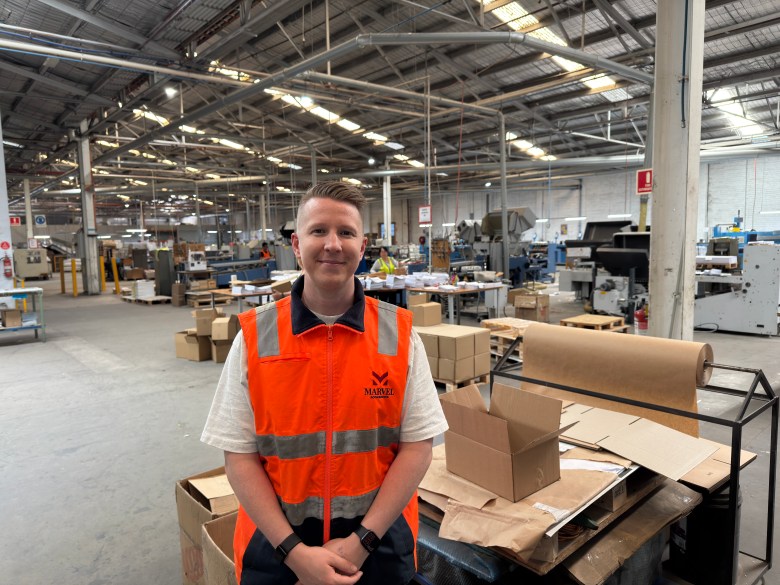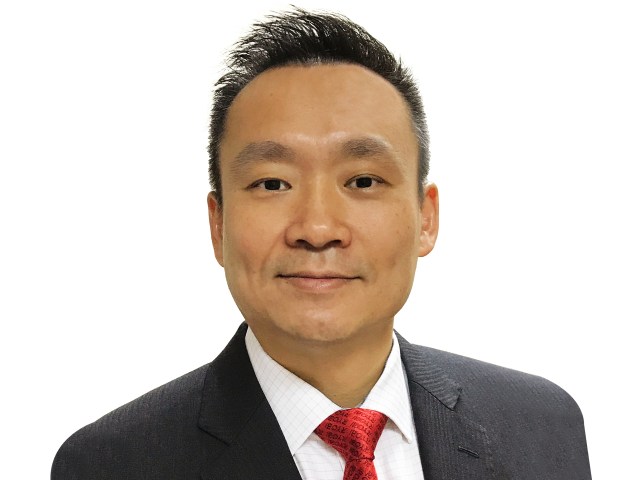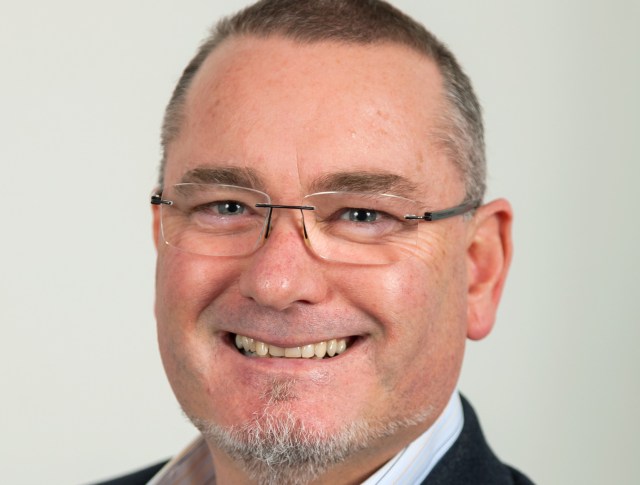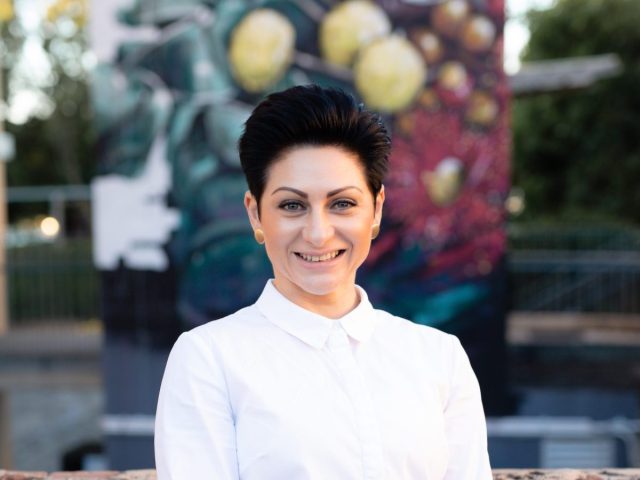
This article appeared in the March 2025 issue of Australian Printer, authored by Marvel Bookbinding’s Richard Eastaugh
2024 was a year full of challenges and opportunities. Early in the year, a decline in consumer confidence led to reduced demand for commercial print. Instead of slowing down, we saw this as an opportunity to invest in our team, focusing on cross-training staff across different areas. This addressed a long-standing challenge of workforce versatility.
As the year progressed, we began to see the benefits of this effort as the last quarter brought a noticeable increase in workload – significantly higher than in previous years. It was then that we could truly see the benefits of the training conducted earlier in the year.
Skilled labour shortages continue to be one of the biggest challenges in the industry, but businesses that focus on training and cross-skilling will be in a stronger position, especially as experienced workers start retiring. Keeping that knowledge in-house is key, and mentorship programs or even just better documentation of processes can go a long way.
Attracting new talent is also crucial. We need to show younger workers there’s a real career potential in print. It’s not just about running machines – it’s about creativity, problem-solving, and adapting to new technology.
Automation won’t replace craftsmanship, but it can take pressure off areas where skilled hands are harder to find. Businesses that build multi-skilled teams and embrace smart solutions will be the ones that come out ahead. One of the priorities for Marvel in 2025 is staying ahead of the game with innovative finishing solutions. We always look at ways to push the boundaries of what’s possible with our equipment. This has always set us apart and allows us to deliver unique and high-quality results that meet the different needs of our customers.
Our goal remains to continue expanding the options available, offering customers solutions that are both creative and practical. More importantly, we aim to do it all locally, supporting onshore manufacturing and ensuring faster turnarounds without compromising on quality, as there is a real push towards this.
Automation and smarter workflow solutions support the push for faster turnarounds without sacrificing on quality. At drupa last year there was a big focus on robotic arms packing off the back of machines – something that could be a game-changer for high-volume operations. But for companies like ours, where craftsmanship and flexibility are key, there’s still no substitute for skilled hands and experience.
Diversification is going to be another big focus this year, especially with the way digital printing keeps evolving. Digital is catching up fast, offering new opportunities for short-run, high-quality, and personalised work. Printers and finishers who can cater to offset and digital will be in the best position to meet a broader range of customer needs.
At Marvel, while our setup has traditionally focused on offset printing, some of our recent machine acquisitions are designed specifically for digital printing and shorter runs. This flexibility allows us to deliver efficient solutions, whether the job is produced on an offset or digital press.
Another focal point for businesses this year is the shift towards sustainability. Customers are more aware of their environmental footprints, and that’s driving demand for eco-friendly stock, smarter waste management, and production practices that prioritise sustainability instead of ticking boxes.
It’s not just about using recycled paper – it’s about minimising waste from start to finish and making more conscious choices at every stage. What’s interesting is how sustainability has become part of the design process itself. Customers aren’t just asking for green options – they’re actively choosing materials that add both aesthetic value and an environmental edge to their projects.
The real opportunity is in finding that balance – premium finishes that don’t compromise on sustainability. I can see this becoming a major focus in 2025 as more companies push towards carbon neutrality and long-term responsible manufacturing.
As a trade finisher, our role in the sustainability chain is a little different. While we don’t dictate most materials that come through our doors, we do have control over certain components, and we’re mindful of making responsible choices where we can. Minimising waste, refining workflows, and making sure jobs are done right the first time all play a part in reducing unnecessary impact.
If there’s one thing that keeps print exciting, it’s the constant evolution of what’s possible – especially when it comes to finishing. There’s still so much untapped potential in how we can elevate print with unique textures, specialty coatings, and bold finishing techniques. As technology advances, so do the opportunities, and the businesses that lean into this will be the ones that stand out.
But innovation is rarely a solo effort. The strongest results come from collaboration – printers, finishers, and suppliers working together to push the limits of what can be achieved. Print is at its best when it’s a team effort. The more we embrace that mindset, the stronger and more creative the future of print will be.
Comment below to have your say on this story.
If you have a news story or tip-off, get in touch at editorial@sprinter.com.au.
Sign up to the Sprinter newsletter



